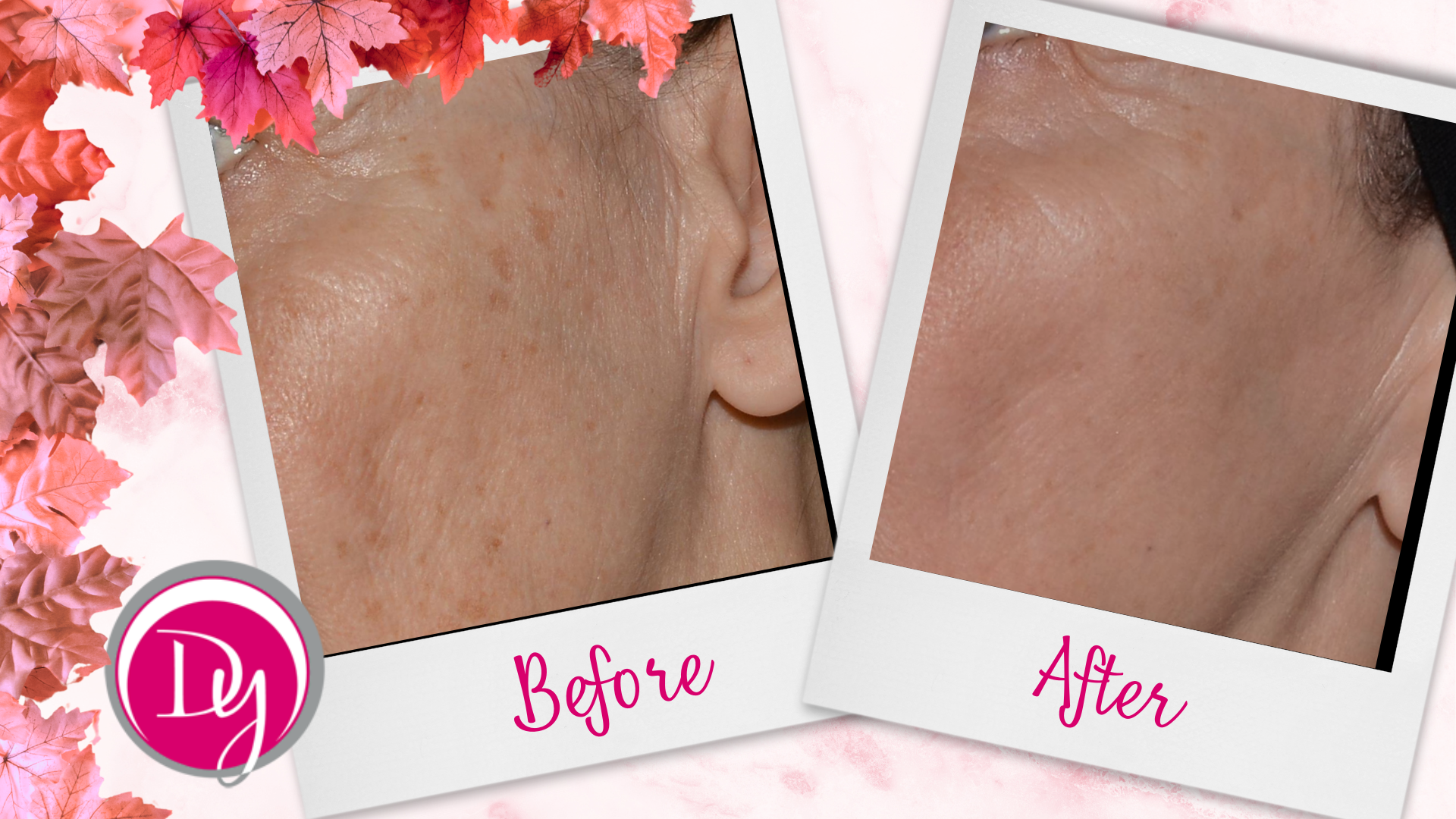Surgical Care
Surgical Care
Dr. Dy specializes in the diagnosis and treatment of many skin cancers including actinic keratosis, basal cell carcinoma, squamous cell carcinoma and melanoma. As a dermatopathologist, Dr. Dy examines the tissue sample under the microscope for cellular changes and decides with the patient the most effective treatment to eliminate the cancer. Dy Dermatology Center offers in-office surgical procedure for removal of skin cancers and any skin growths.
Treatment for Skin Disorders
Dr. Dy’s academic background has taught her that the best way to practice medicine is to combine a critical review of medical literature with a wealth of clinical experience. Dr. Dy has indeed combined her academic experience with almost 20 years of clinical work to offer her patients the most advanced, safest and effective treatment plans.
A Look Inside Our Practice
Dr. Lady C. Dy has the combined expertise in dermatology and pathology, which means she understands skin, hair and nail diseases at a microscopic level so that she can treat patients in a most precise and effective way.
Recent Blogs from Dy Dermatology Center
You can have the face and hair you deserve in 2024 with these holiday promotions!
We're ringing in the New Year with the following Holiday specials for your face and hair! Tighten, and brighten the face with a purchase of 3 Sylfirm RF microneedling treatments at $3175 and enhance your results with 2 complimentary UltralaseMD treatments (Medium [...]
Thanksgiving Special: 10% off all products through Cyber Monday!
Dy Dermatology Center would like to show gratitude to all by offering 10% off all products online and in-office Thanksgiving Day through Cyber Monday. We are closed on Thanksgiving Day. The office will be open on Black Friday from 8:30 am to 12:00 noon. Click here to shop the sale starting Thursday!
Fall in Love with Your Skin: Discover the Magic of UltraLaseMD this Autumn
As the crisp autumn air sweeps away the warm summer haze, it unveils a perfect opportunity to rejuvenate and prep your skin for the festivities ahead. The fall season is notably the best time to indulge in laser treatments, allowing you to unveil smooth, radiant skin just in time for [...]



